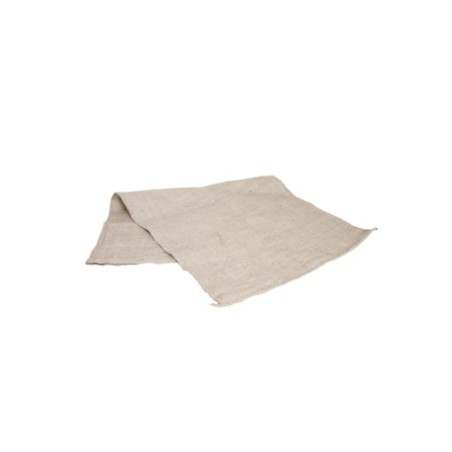The current study was performed to determine if plasma transfer could be used effectively in commercial farms as a strategy to improve the overall health of ow-birth-weight (LBW) piglets and reduce mortality.
A total of 612 piglets (body weight 0.8 to 1.3 kg) from 212 dams (Large White × Landrace) were randomly allocated in equal numbers to one control and two treatment groups. Day 0 was the day of birth and Day 1 the first day of treatment. Piglets in the treatment groups received either two doses of plasma (10 mL on two separate occasions, Day 1 and Day 3) or one dose of plasma (10 mL on one occasion, Day 1) by intramuscular injection in four sites on the neck and hind legs, ie, 2.5 mL per site. On Day 1 and Day 3, control piglets received intramuscular injections of 10 mL of Hartmann’s solution (also known as compound sodium lactate and similar to lactated Ringer’s solution) as described for the two treatment groups. Piglets were physically examined to assess their condition and weighed on Days 7, 14, and 21. Blood samples were obtained from piglets on Days 0, 2, and 6, and ELISA for detection of porcine IgG was performed on serum using a kit.

Fostering is standard practice in Australian pig farms to help manage big litters; therefore, fostering was undertaken in keeping with standard practice on the study farm. A total of 68 foster sows were used in this study. Not all piglets assigned to these foster sows were enrolled in the study. Piglets were fostered 6 to 24 hours after birth to a foster sow and remained with that dam for the duration of the study.
The plasma administered in this study, when processed, had an estimated 30% loss of total immunoglobulins. The IgG concentration in the serum of the piglets was in the range of 17.1 to 21.6 mg per mL when measured at Day 2, and slowly declined to 14.1 to 18.4 mg per mL by Day 6 in both treatment groups and in the control group. Serum IgG concentrations did not differ significantly between the two treatment groups and the control group. Similarly, there was no statistically significant difference in weight gain between the two treatment groups and the control group (ADG: 163.5 g in the group that received one dose of plasma, 164.0 g in the group that received two doses of plasma, and 163.9 g in the control group). The birth sow had an influence on the IgG concentrations in the piglet serum at all sampling points, with piglets from seven birth sows having significantly higher IgG concentrations than the others (P < .05). The highest mortality in piglets was recorded in those that received two doses of plasma, with most deaths occurring on Days 0, 1, and 2. By Day 21, 32.5% of piglets that received two doses of plasma, 26.6% of piglets that received one dose of plasma, and 26.5% of control piglets had died.
The results of this study showed that administration of porcine plasma did not significantly affect LBW piglet weight gain or survival. Piglets that were heavier at birth were more robust and demonstrated better growth performance than piglets of lower birth weight. The birth sow was an important factor in determining IgG concentrations in the serum of piglets. As IgG is the predominant immunoglobulin in colostrum, the amount of IgG taken up by the piglets depends upon the quantity or quality of colostrum obtained from the birth sow within 24 hours of birth, and this would be important in providing immunity from common infections.
Woon SY, Barton MD, Vanniasinkam T. Effect of plasma transfer on survival rates of low-birth-weight neonatal piglets. J Swine Health Prod. 2014;22(4):197–200.




